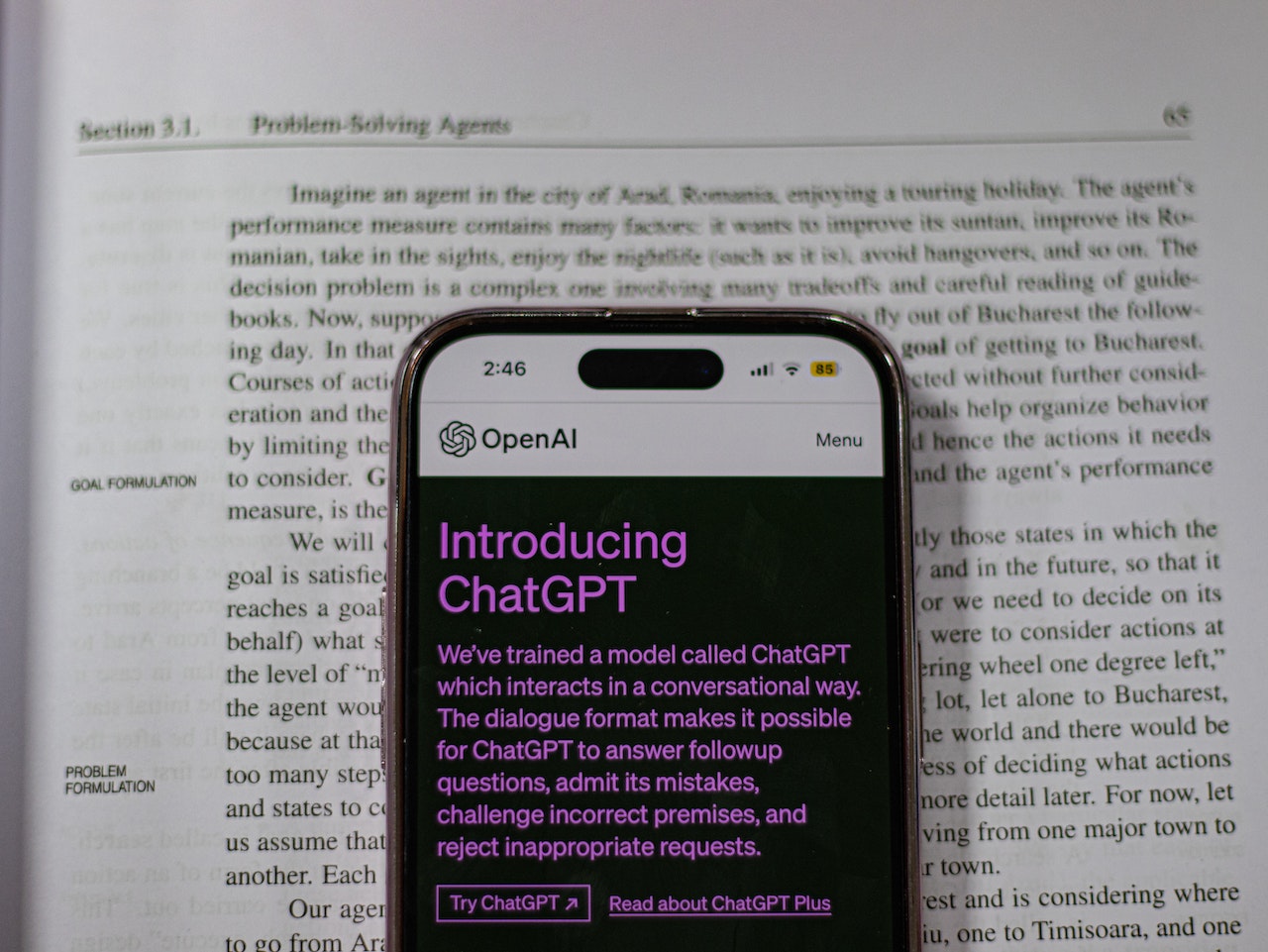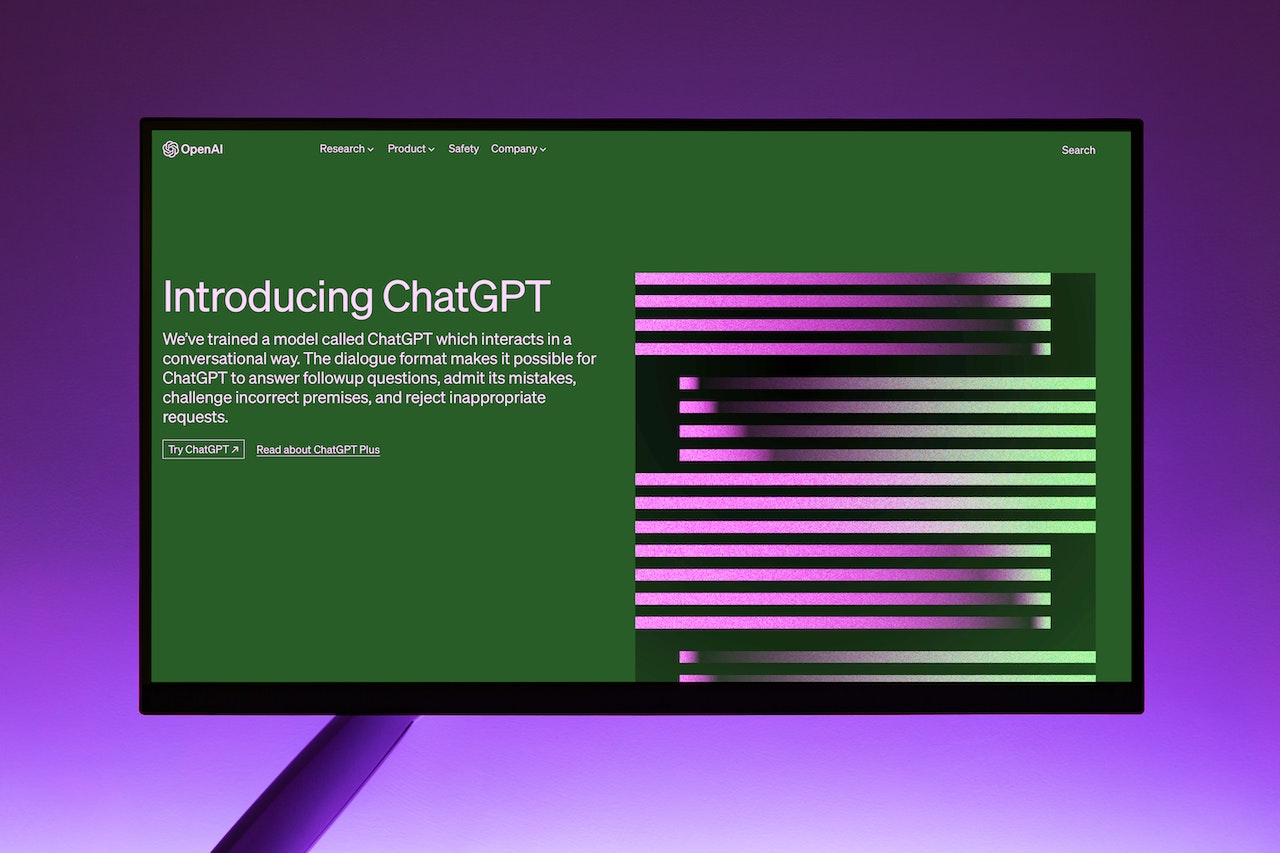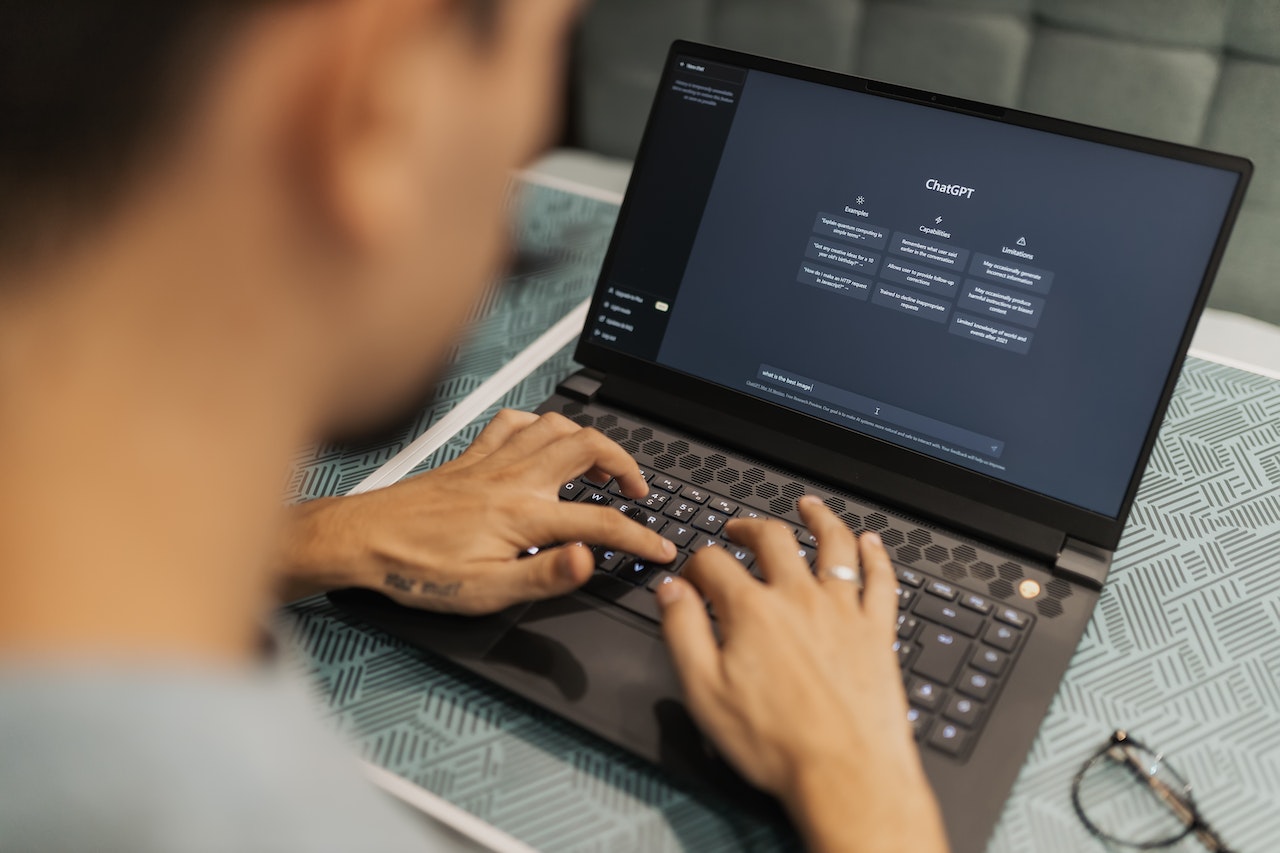The world of art has always been a space for human creativity and expression. However, with the rapid advancements in artificial intelligence (AI), there is growing speculation about whether AI art will eventually replace the need for human 3D artists. This article explores the intersection of AI and 3D art, delving into the benefits, limitations, and the future of these two creative forces.
Understanding AI Art
AI art refers to the creation of visual or auditory art forms using artificial intelligence algorithms. These algorithms analyze and learn from vast amounts of data, allowing machines to generate artistic content autonomously. AI art can take various forms, including paintings, sculptures, music, and even 3D models.
Evolution of AI in Art
Over the years, AI has made significant strides in the field of art. Artists and technologists have collaborated to develop AI systems capable of creating stunning pieces of art. Early AI art experiments focused on generating abstract compositions, but today’s AI algorithms can mimic specific art styles, replicate famous artworks, and even create original pieces that resonate with human emotions.
The Role of 3D Artists
While AI art has seen remarkable progress, it is essential to recognize the vital role of 3D artists in the creative process. 3D artists possess a unique set of skills and expertise that goes beyond generating visuals. They understand how to breathe life into 3D models, infuse them with emotions, and create immersive experiences for viewers. Their creativity and ability to think outside the box cannot be easily replicated by AI algorithms.
Benefits of AI Art
Although AI art has its limitations, it offers several benefits that make it an exciting and valuable tool for artists and creators.
- Efficiency and Speed: AI algorithms can generate art at a rapid pace, significantly reducing the time and effort required to create intricate visuals. This allows artists to explore new ideas and iterate quickly.
- Endless Creative Possibilities: AI algorithms can generate unique compositions and styles that may not have been previously considered. They can push the boundaries of creativity, enabling artists to explore uncharted territories and experiment with novel concepts.
- Cost Reduction: By leveraging AI, artists can cut down on production costs. AI algorithms can generate complex 3D models and textures, eliminating the need for labor-intensive manual work and reducing expenses associated with outsourcing.
Limitations of AI Art
While AI art has its advantages, it also faces certain limitations that prevent it from completely replacing human 3D artists.
- Lack of Human Touch: AI-generated art often lacks the imperfections and human touch that make traditional art so captivating. Human artists can infuse their personal experiences, emotions, and unique perspectives into their work, creating a deeper connection with the audience.
- Ethical Concerns: AI art raises ethical concerns regarding the ownership and originality of the artwork. Who owns the rights to an AI-generated piece? Is it considered a form of plagiarism if an AI algorithm replicates an existing artwork? These questions require careful consideration and legal frameworks to address the challenges posed by AI art.
- Skill and Experience: Creating art requires more than technical expertise. It demands creativity, intuition, and years of practice. Human 3D artists have honed their skills over time, developing a deep understanding of aesthetics, composition, and storytelling that AI algorithms have yet to fully grasp.
The Synergy of AI and 3D Artists
Rather than seeing AI as a threat, many 3D artists embrace it as a powerful tool that can enhance their creative process.
- Collaboration and Enhancement: AI algorithms can collaborate with 3D artists by generating initial concepts, assisting with repetitive tasks, or offering creative suggestions. This collaboration allows artists to leverage AI’s strengths while retaining control over the artistic vision.
- Unique Human Perspective: 3D artists bring a unique human perspective to the creative process. They can infuse their emotions, experiences, and storytelling abilities into their work, creating a deep emotional connection with the audience that AI-generated art may struggle to achieve.
- Emotional Connection: 3D artists have the ability to evoke emotions and create immersive experiences through their work. They can use lighting, textures, and other artistic techniques to convey specific moods and narratives, establishing a profound connection with viewers that goes beyond what AI can achieve.
The Future of AI Art and 3D Artists
The future of AI art and 3D artists lies in collaboration and symbiosis. AI algorithms will continue to evolve, becoming more sophisticated and capable of replicating a wider range of artistic styles. However, the human element will always remain crucial in the creative process. 3D artists will continue to bring their unique perspectives, creativity, and emotional intelligence, working alongside AI algorithms to push the boundaries of art even further.
Conclusion
While AI art has made remarkable advancements, it is unlikely to replace 3D artists entirely. The synergy between AI and human creativity offers immense potential for innovation and artistic expression. By leveraging the strengths of AI while harnessing the human touch, artists can create captivating and emotionally resonant experiences that captivate and inspire audiences.
FAQs
1. Can AI algorithms create art from scratch? Yes, AI algorithms can generate art from scratch. By analyzing vast amounts of data and learning from existing artworks, AI algorithms can create unique compositions and styles.
2. Will AI art make human artists obsolete? No, AI art will not make human artists obsolete. While AI can assist in generating visuals and exploring new ideas, human artists bring a unique perspective, emotions, and storytelling abilities that AI algorithms have yet to fully replicate.
3. Are there any ethical concerns with AI art? Yes, AI art raises ethical concerns regarding ownership, originality, and attribution. The legal and ethical frameworks surrounding AI-generated art are still being developed to address these challenges.
4. Can AI algorithms replace the creativity of human artists? AI algorithms can mimic and replicate existing art styles, but true creativity and the ability to think outside the box are still unique to human artists. Human artists possess the capacity to infuse their personal experiences and emotions into their work, creating a deeper connection with the audience.
5. How can AI and 3D artists collaborate effectively? AI and 3D artists can collaborate effectively by leveraging AI’s strengths in generating initial concepts, assisting with repetitive tasks, and providing creative suggestions. 3D artists can then infuse their creativity, emotions, and storytelling abilities to bring the artwork to life and establish an emotional connection with viewers.





